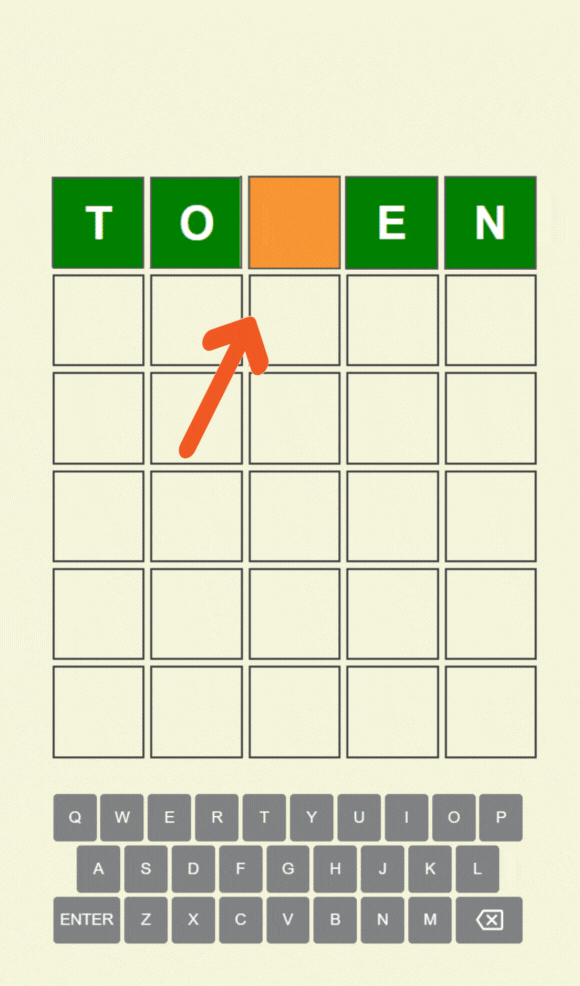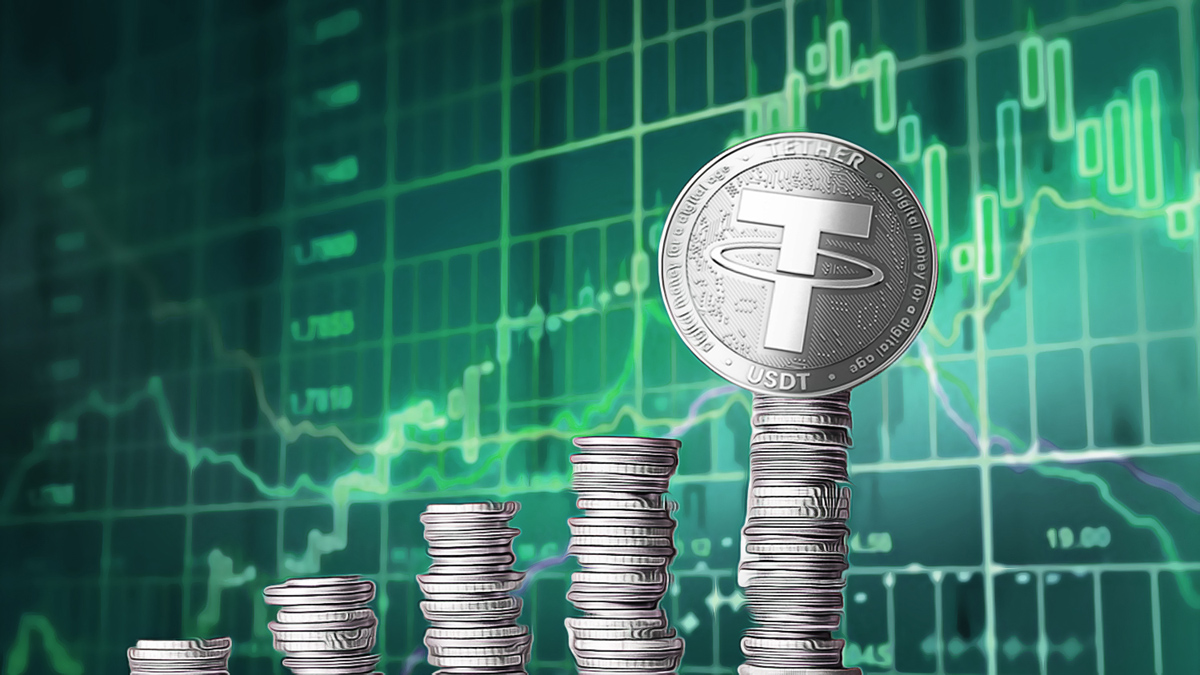The price of XRP, alongside other altcoins, experienced a notable rise until June 10 before declining. This drop coincided with the shift of the cryptocurrency market into a downturn, fueled by renewed trade war concerns. The primary catalyst for this decline was the new unilateral tariff approvals by Donald Trump. Meanwhile, the U.S. Consumer Price Index (CPI) for May fell to 2.4% annually, strengthening hopes that the Federal Reserve might resume interest rate cuts despite these positive developments. Yet, the XRP price still dropped by 4%, settling at $2.23.
The Ripple Effect: Global Politics and Economic Trends
The meeting between the U.S. and China in London yielded modest progress on issues like access to rare earth minerals and Chinese student admissions to U.S. universities. These discussions helped reduce geopolitical tensions, a development generally viewed positively for cryptocurrencies such as XRP, Bitcoin  $105,245, and Ethereum
$105,245, and Ethereum  $2,430, often considered risky assets.
$2,430, often considered risky assets.
However, this short-lived optimism was dampened by President Trump’s announcement of new unilateral tariffs perceived as troubling for the cryptocurrency market. Trump’s move included notifying major trade partners within two weeks about final tariff proposals, sparking negative reactions across the market.
On another note, the U.S. CPI data for May, coming in below expectations (2.4% vs. 2.5%), signaled ongoing cooling inflation. This bolstered expectations that the Federal Reserve might pause interest rate hikes, seen as a positive long-term factor for all leading cryptocurrencies, including XRP. Additionally, the initiation of transactions involving tokenized U.S. Treasury bonds via XRP Ledger and speculation over future XRP ETF approval are increasing long-term interest in the altcoin.
Ripple vs. SEC: The Awaited June 16th Proceedings
Apart from broader economic factors, the most critical internal aspect affecting XRP is Ripple’s ongoing legal process with the U.S. Securities and Exchange Commission (SEC). XRP investors are closely watching June 16, an important procedural date in the lawsuit.
Ripple  $2 CEO Brad Garlinghouse previously claimed near resolution of the case. However, due to filing errors under Rule 60, Judge Analisa Torres denied a request from both sides. The SEC must now provide a status update to the U.S. Appeals Court. While not a final ruling date, the update could reshape the legal timeline.
$2 CEO Brad Garlinghouse previously claimed near resolution of the case. However, due to filing errors under Rule 60, Judge Analisa Torres denied a request from both sides. The SEC must now provide a status update to the U.S. Appeals Court. While not a final ruling date, the update could reshape the legal timeline.
Experts believe June 16 may not lead to a significant XRP price rally as optimism regarding the legal process is largely priced in. Nonetheless, further delays could place downward pressure on XRP’s price. Conversely, positive signals from the court might improve short-term market perception. Any settlement would require Judge Torres’ approval, which could take time.
XRP Analysis: Tracking the Bitcoin Correlation
Currently, XRP’s price shows a high correlation of 0.91 with Bitcoin, indicating that XRP’s price movements tend to closely follow Bitcoin’s trend. Analysts suggest that for XRP to make a significant leap, Bitcoin must first surpass the $112,000 mark.

In the short term, XRP encountered resistance at $2.33 and retreated from this level. If Bitcoin’s price drops to $105,000, the XRP price could fall to $2.15 or even $2.10. However, if Bitcoin’s price recovery aligns with positive news from the court, it seems possible for the altcoin’s price to rise above the $2.33 resistance zone.
Overall, short-term outlook remains uncertain, but long-term investors maintain confidence in XRP’s superior role in the cryptocurrency market. For now, all eyes remain on both Bitcoin’s performance and developments in the courtroom.

 Türkçe
Türkçe Español
Español









